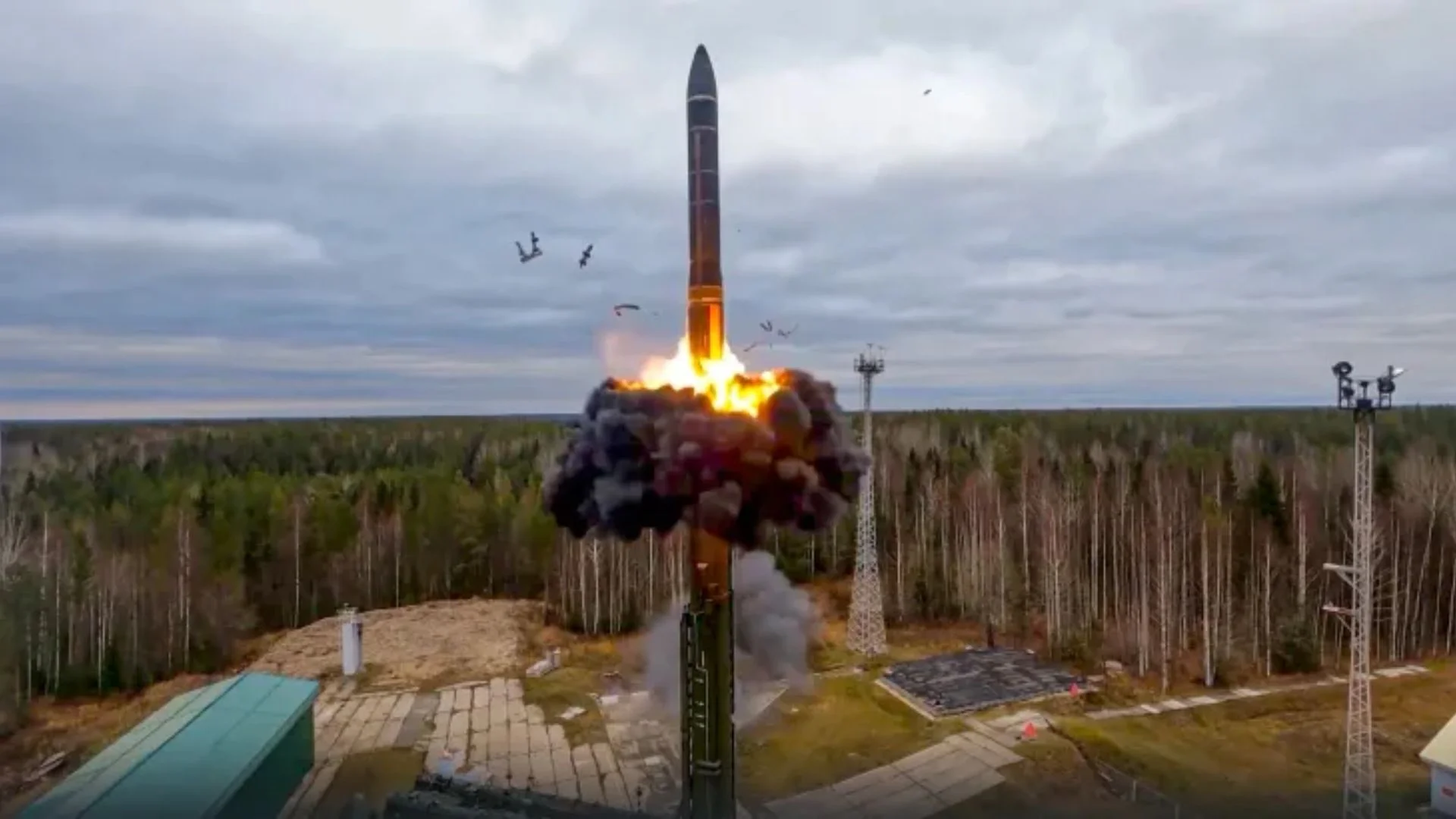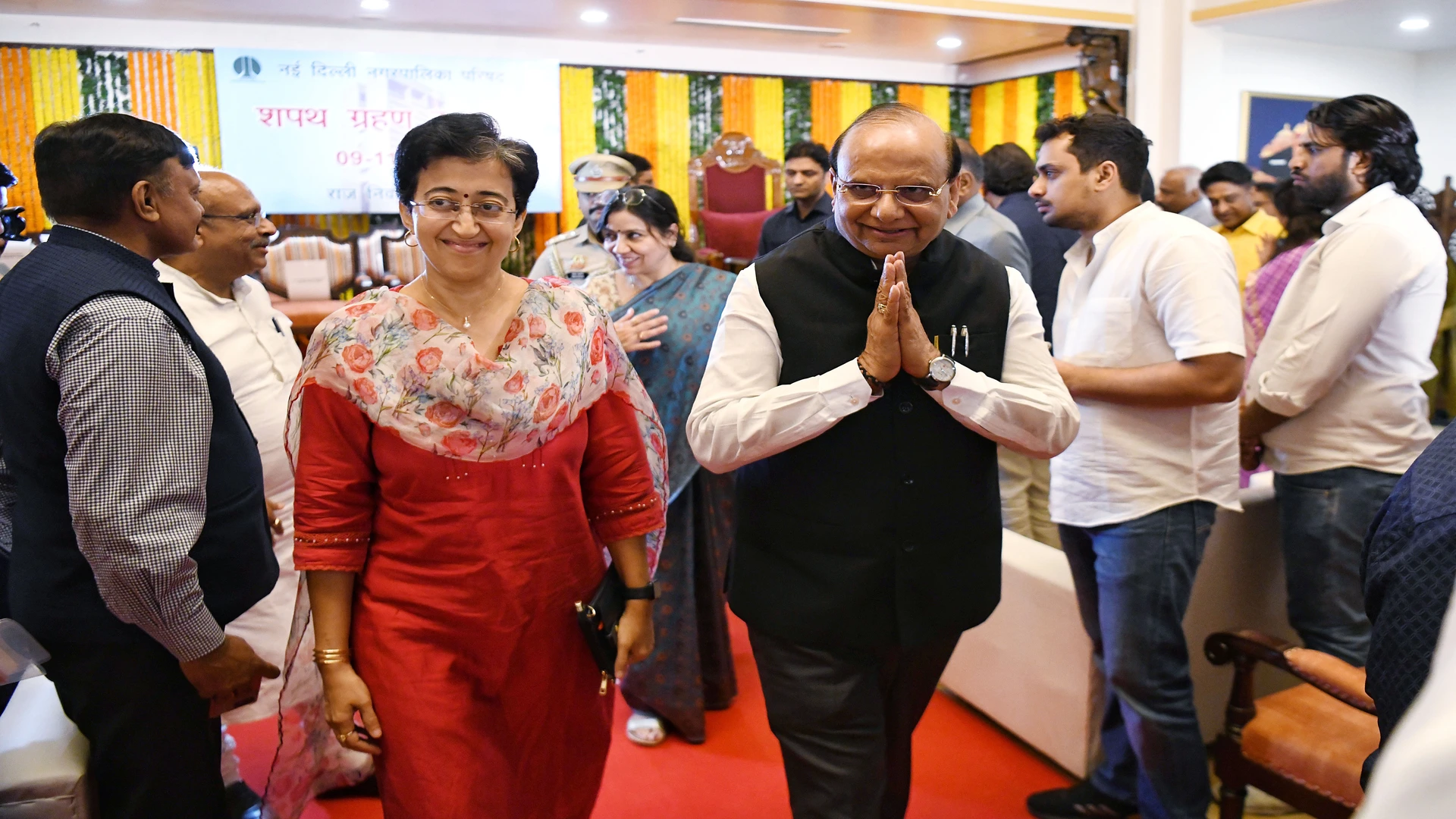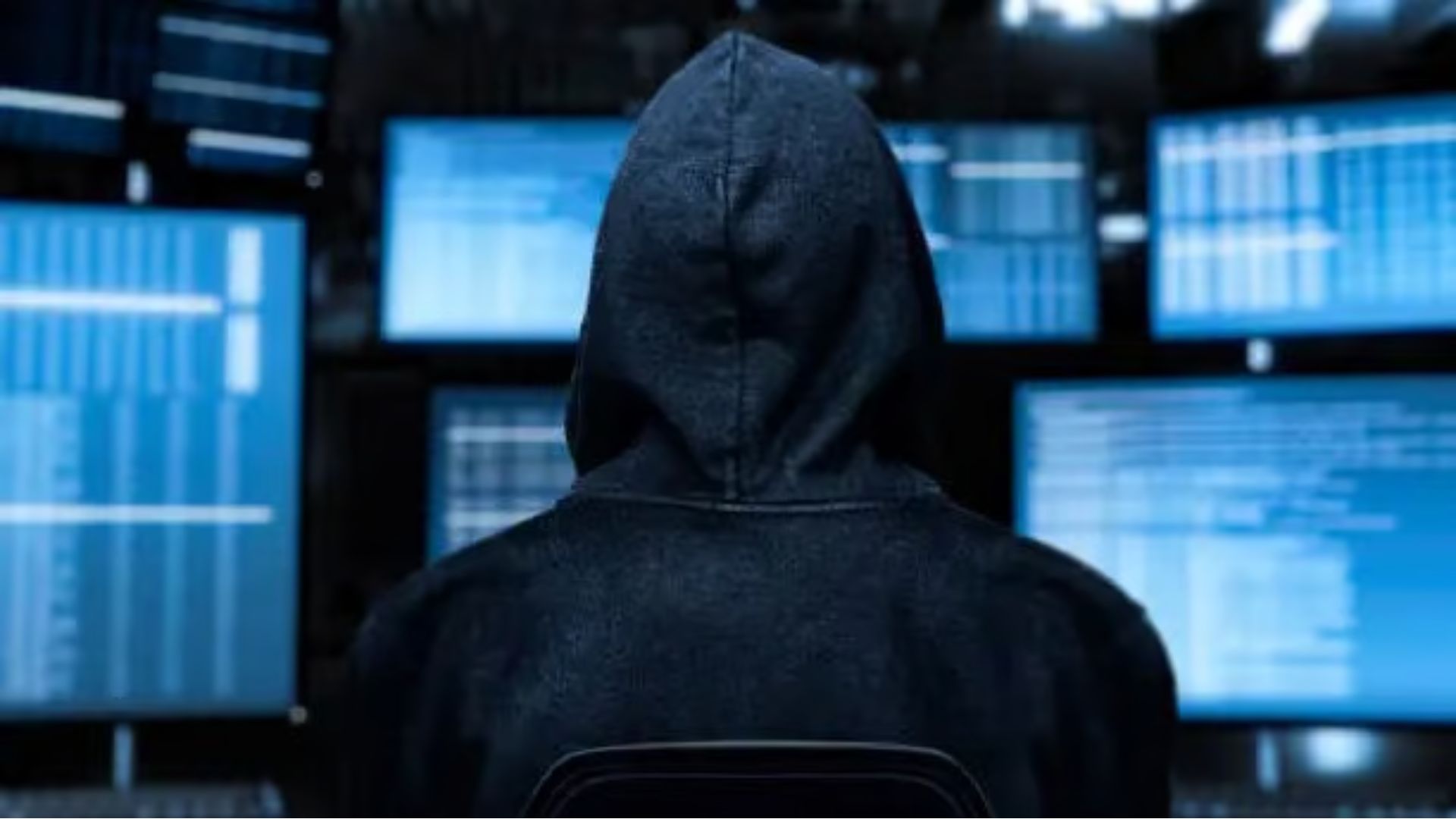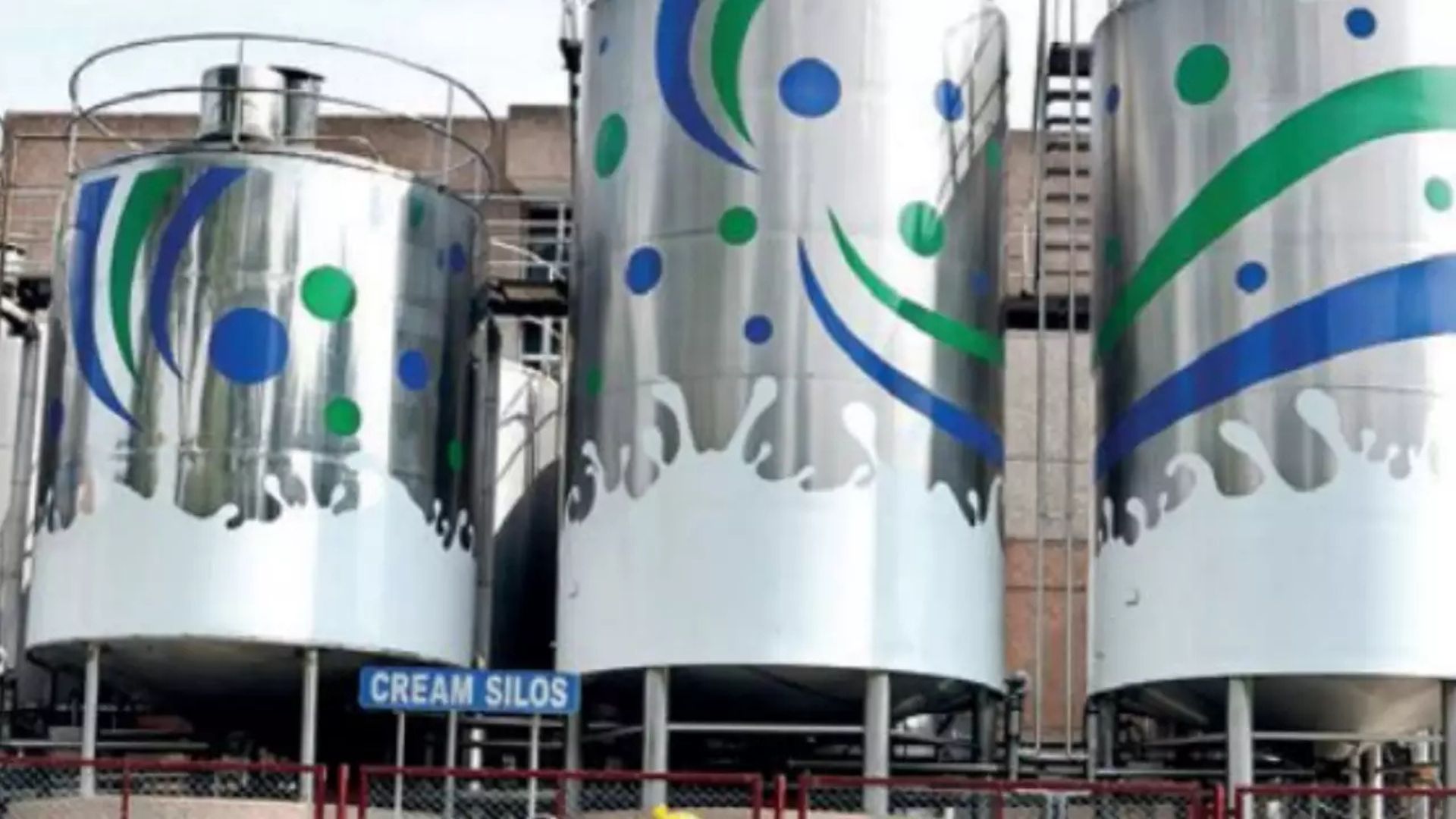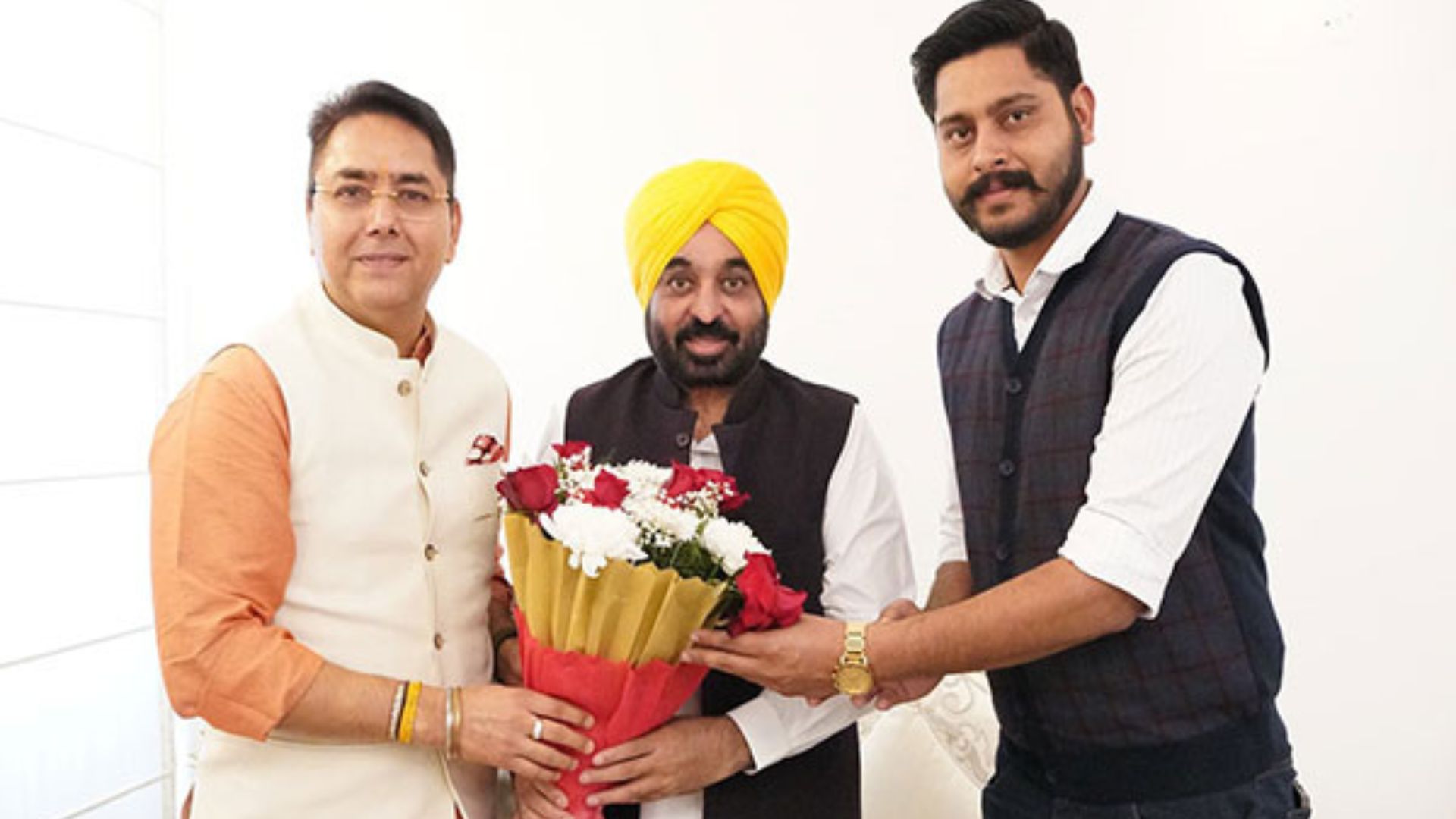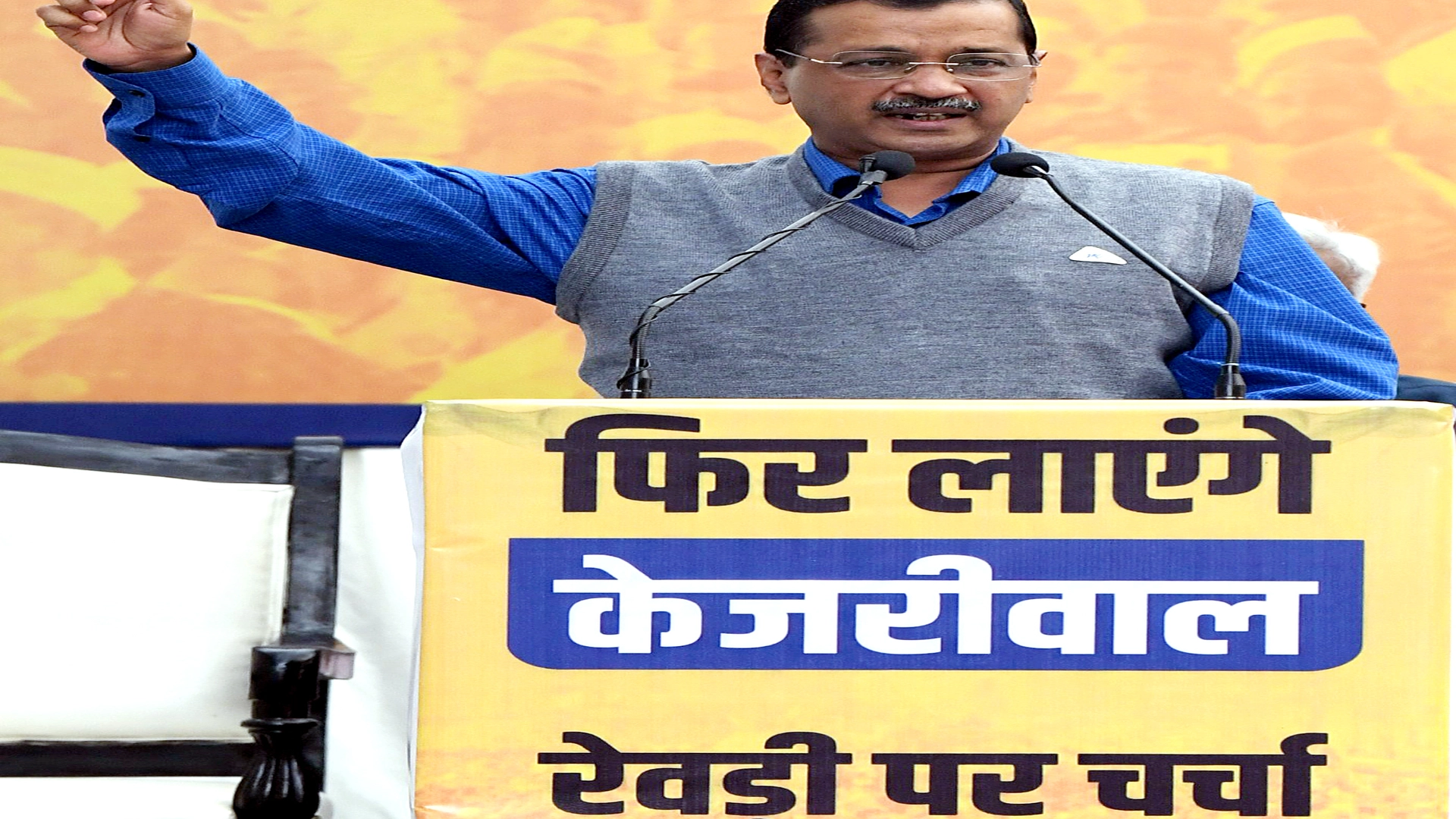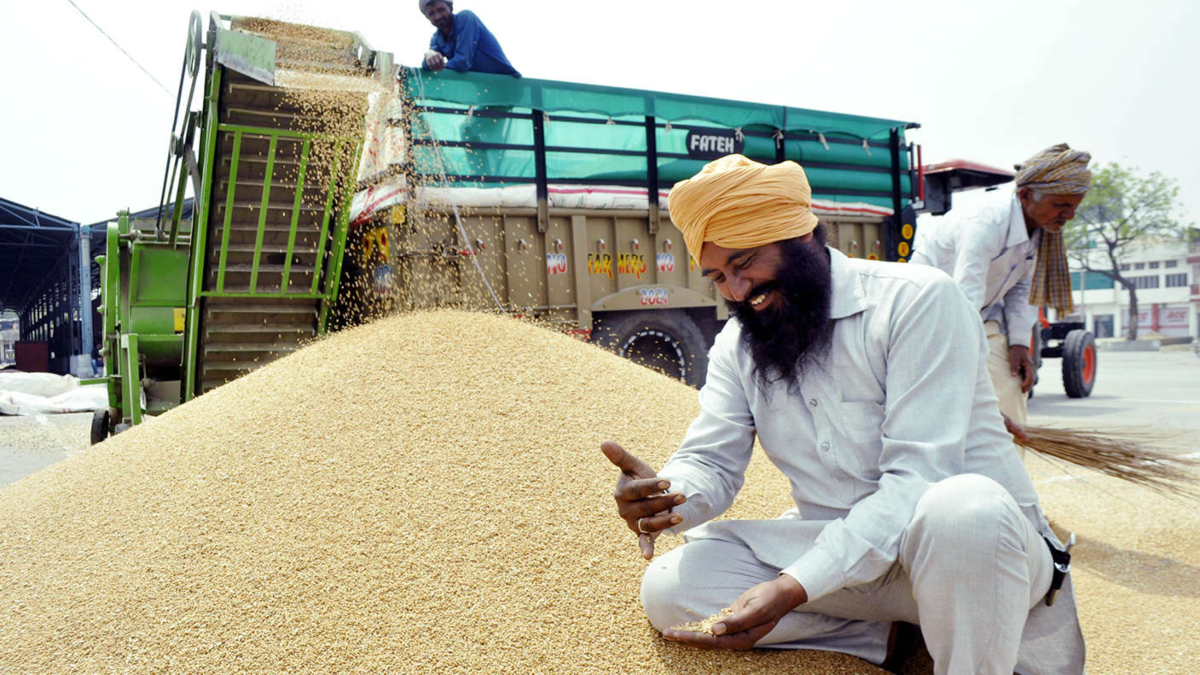
“We must ensure that technology is accessible, affordable, and adds value”
—PM Narendra Modi
Farmers have always been at the epicentre of the Modi government’s economic philosophy that encourages enterprise and inclusivity. Prime Minister Narendra Modi will release the eighth instalment of financial benefits under “PM-KISAN” on 14 May 2021. This will enable the transfer of more than Rs 19,000 crore to more than 9.5 crores beneficiary farmer families. Under the “PM-KISAN” scheme, a financial benefit of Rs 6,000 per year is provided to the eligible beneficiary farmer families, payable in three equal, four-monthly instalments of Rs 2,000 each. The fund is transferred directly to the bank accounts of the beneficiaries. In this scheme, “Samman Rashi” of over Rs 1.15 lakh crore has been transferred to farmer families so far. This annual financial support is given to farmers having combined landholding or ownership of up to two hectares. Since its inception in December 2018, the Modi government has given seven instalments to these farmers. The Central government’s Rs 75,000-crore annual scheme aims to cover 125 million farmers, irrespective of the size of their landholding in the country.
The scheme defines a family as a husband, a wife, and minor children. The fund of Rs 2,000 is directly transferred to the bank accounts of the farmers/farmer’s family, with no room for middlemen or pilferage of any kind. Who is eligible for the PM Kisan scheme? Well, landholding farmers’ families with cultivable landholding in their names can apply under this scheme. Farmers from both urban and rural areas, small and marginal farmers families, are all eligible. Who is not eligible for the PM Kisan scheme? Institutional landholders, present or retired officers and employees of State/Central government, as well as PSUs and government autonomous bodies, cannot apply for the scheme. Again, beneficiaries with higher economic status are not eligible, either.
Those who pay income tax, farmer families holding constitutional posts, professionals like doctors, engineers and lawyers and retired pensioners with a monthly pension of over Rs 10,000, are not eligible.
How to register for PM Kisan Samman Nidhi?
Farmers have to approach the local revenue officer or a nodal officer nominated by the State government. The Common Service Centres (CSCs) have also been authorised to do the registration of the farmers for the Scheme upon payment of fees. Prime Minister Modi’s ease of doing business (EODB), is not limited to only big corporates.
For instance, on the official website of PM Kisan Samman Nidhi Yojana – pmkisan.gov.in, there’s a section called the “Farmers’ Corner”. Farmers can register themselves through the Farmers’ Corner on the portal and know the status of their payment. Apart from Aadhaar which is mandatory, landholding papers and bank account details have to be submitted to the concerned authorities.
During the Nehru-Gandhi era, 85% of what was allocated to farmers or marginalised sections was pilfered by commission agents and nefarious middlemen. However, Prime Minister Modi has completely dismantled the “Cut Money” culture. For instance, recently, while wheat harvesting was in full swing in Punjab and Haryana, farmers, for the first time, started receiving minimum support price (MSP) payment directly in their bank accounts under the Direct Benefit Transfer Scheme (DBT).
Over Rs 5,385 crore has been transferred so far in the ongoing procurement season by the Central and State procurement agencies to farmers, against the purchase of their crops in both these states, again a vindication of how the Modi government has made last-mile delivery, a pleasant reality. In Punjab, over Rs 2,600 crore has been paid directly to accounts of farmers till 20 April 2021, under the DBT scheme. Over 54 lakh tonnes of wheat have arrived in ‘mandis’ in Punjab till 20 April, out of which 50 lakh tonnes have been procured and more than 20 lakh tonnes lifted by various government agencies. Amid the ongoing procurement and payments under the DBT, several farmers in Ludhiana Amritsar, Moga and elsewhere are actually relieved that they do not have to run from pillar to post and are very contented with the DBT mechanism. Again, in Haryana, over Rs 2,785 crore has been transferred directly to the accounts of farmers till 20 April 2021.
The Haryana government has procured over 3.11 lakh tonnes through various procurement agencies, at MSP. Of the 64.77 lakh tonnes of wheat that arrived at procurement centres till 20 April 2021, 55.62 lakh tonnes has already been procured.
What the aforesaid numbers clearly highlight is the Modi government’s unflinching commitment to empowering farmers, cutting across political, demographic and geographical divides if any, so that “Jai Jawan, Jai Kisan”, is not a mere slogan, but an abiding work ethic, that financially strengthens the hands of our “Annadata”. The primary aim of this Direct Benefit Transfer program is to bring transparency and terminate pilferage from the distribution of funds sponsored by the Central Government of India.
Talking of DBT, it was launched in just 20 districts by the erstwhile Congress regime in 2013, but largely remained a non-starter, thanks to lethargy and corruption that has been a part of the Congress DNA. But today, under PM Modi, DBT results in annual savings of over Rs 1.7 lakh crore, with over Rs 13 lakh crore worth of payments made, to the weakest sections of the society, spread across 400 schemes and 51 ministries.
Central Plan Scheme Monitoring System (CPSMS), being implemented by the Office of Controller General of Accounts, acts as the common platform for routing DBT.
The ‘JAM Trinity’ of the Jan Dhan-Aadhaar-Mobile, has made it easier to identify bogus beneficiaries and preventing leakages in government schemes. In MGNREGA for instance, since job cards and accounts of the labourers were linked to Aadhaar, a large number of bogus beneficiaries were caught. Till December 2019, 5.55 lakh bogus labourers had been weeded out from the scheme. This ensured that Rs 24,162 crore was not misused. Otherwise, this money would have reached the accounts of bogus labourers. Similarly, due to the DBT scheme, 98.8 lakh bogus beneficiaries were caught in schemes under the Ministry of Women and Child Development. The deletion of fake beneficiaries prevented a possible scam to the tune of Rs 1523.75 crore.
Making the linking of Aadhaar and mobile mandatory, saved more than Rs 66,000 crore in government ration distribution from going into the wrong hands. According to food and public distribution authorities, Rs 66,896.87 crore was saved due to the removal of over 2.98 crore bogus beneficiaries from the system, with the help of technology. The JAM Trinity has eliminated the web of middlemen. This is a successful example of preventing corruption through technology.
DBT scheme transfers money directly to the account of the beneficiary in social assistance schemes such as LPG subsidy, MGNREGA, PDS, old age pension and scholarships. More than 44 crore Jan Dhan accounts, over 100 crore Aadhaar, and over 100 crore mobiles have come in handy for direct transfers to beneficiaries on the ground. To cut to the chase, it would be apt to end with a quote by Prime Minister Narendra Modi, where he says, “I see technology as a means to empower and as a tool that bridges the distance between hope and opportunity”.
Sanju Verma is an economist, national spokesperson of the BJP and bestselling author of ‘Truth &Dare: The Modi Dynamic’. The views expressed are personal .
